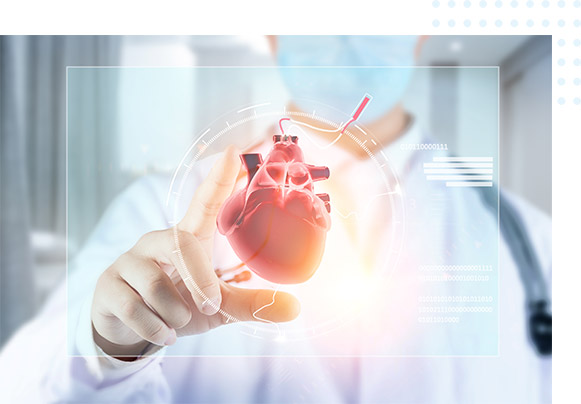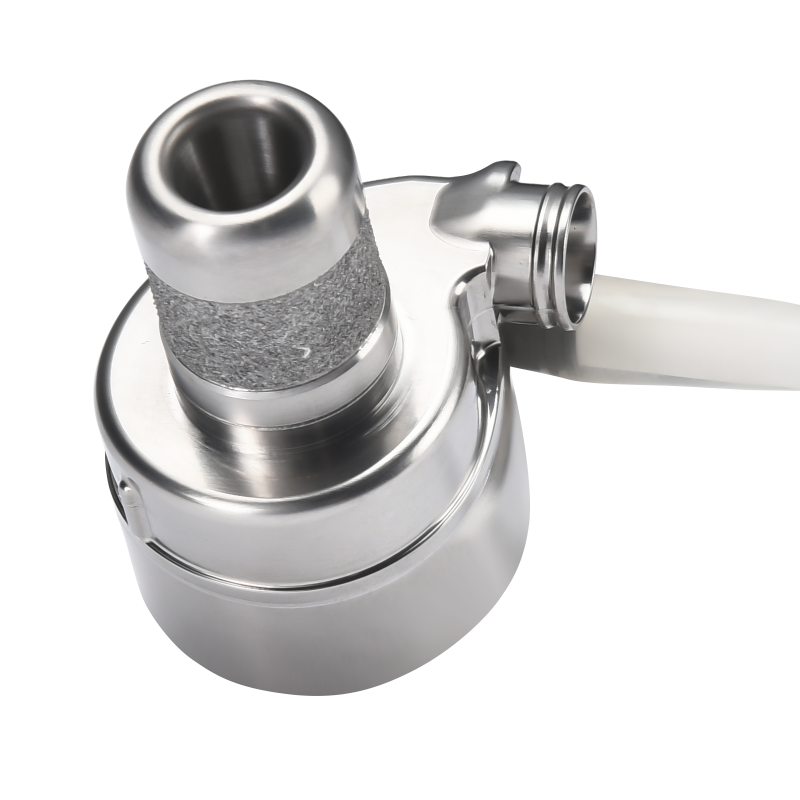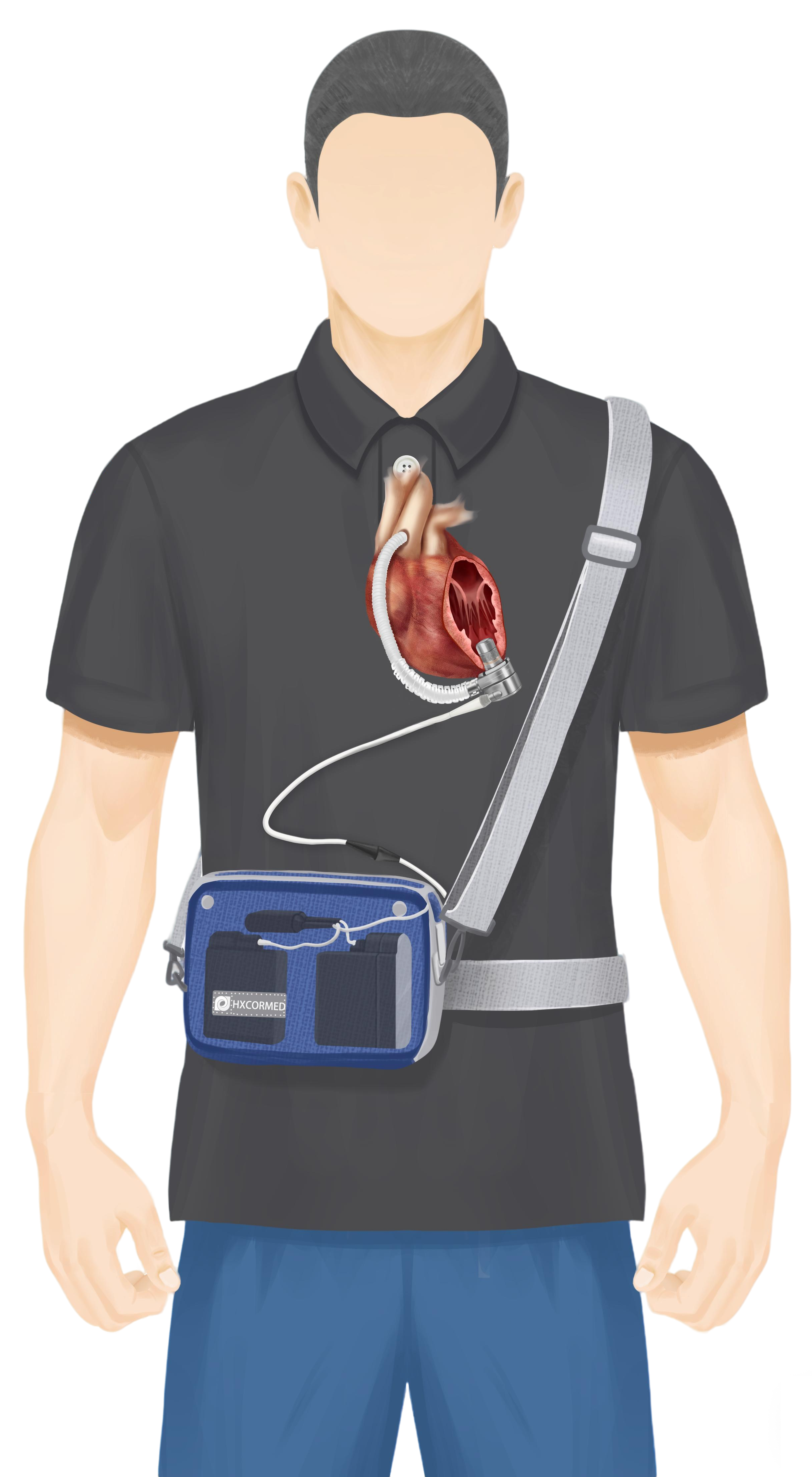Health Science Knowledge
Heart health education
The heart is one of the most important organs in the human body, responsible for pumping fresh blood to different organs and tissues throughout the body, much like the body’s engine. A normal human heart has four chambers: the upper two are the left and right atria, and the lower two are the left and right ventricles. These four chambers rhythmically contract and relax 24 hours a day to maintain blood circulation throughout the body.

01 Disease Science Popularization
Heart failure (HF) is a syndrome characterized by impaired ventricular filling and/or ejection function due to various structural or functional cardiac diseases. This results in insufficient cardiac output to meet the metabolic needs of the body’s tissues, manifesting as pulmonary and/or systemic circulatory congestion and inadequate blood perfusion to organs and tissues. The main symptoms are dyspnea, limited physical activity, and fluid retention.
Chronic heart failure (CHF) is the end-stage manifestation of cardiovascular disease and the leading cause of death, representing one of the two major challenges in the cardiovascular field in the 21st century. Coronary artery disease and hypertension have become the leading causes of CHF. According to a 2005 survey of CHF etiologies in 17 regions of my country, coronary artery disease ranked first, followed by hypertension. The proportion of rheumatic heart disease is declining, but valvular heart disease remains a significant concern. Meanwhile, chronic pulmonary heart disease and high-altitude heart disease also have a certain regional prevalence in my country.
The severity of heart failure is usually assessed using the New York Heart Association (NYHA) functional classification system
NYHA I
Heart disease patients can engage in unlimited daily activities, and general physical activity does not cause symptoms of heart failure such as fatigue or shortness of breath.
NYHA II
Patients with heart disease experience mild limitations in physical activity. They may have no symptoms at rest, but heart failure symptoms may appear with normal activity.
NYHA III
Patients with heart disease have significantly limited physical activity. Less than normal physical activity can trigger symptoms of heart failure.
NYHA IV
Heart disease patients cannot engage in any physical activity, and they experience heart failure symptoms even at rest, which worsen after activity.
02 Treatment of End-Stage Heart Failure
The primary goals in managing heart failure are to slow disease progression, relieve clinical symptoms, improve patients’ quality of life, and enhance long-term survival by reducing mortality and hospitalization rates. Current management strategies consist of three main categories: lifestyle interventions, pharmacological therapy, and device-based or surgical procedures. Key non-pharmacological options include Cardiac Resynchronization Therapy (CRT), Implantable Cardioverter-Defibrillators (ICDs), Left Ventricular Assist Devices (LVADs), and heart transplantation.
medical treatement

Drug treatment has limited effectiveness in the early stages, but its effectiveness often becomes increasingly limited as the disease progresses.
Heart Transplant

Heart transplantation is the ultimate treatment for refractory heart failure, but its widespread implementation is hampered by donor availability and rejection issues. Post-transplant patients require long-term anti-rejection medication, which is not only costly but can also lead to complications and varying degrees of infection.
Ventricular Assist device (VAD) implant

Left ventricular assist devices (LVADs) are mechanical pumps that are intended to help weak hearts pump blood effectively. It is now widely used in Europe and the United States. Comtemporary third-generation LVADs succeed in further reducing friction to minimize thrombosis and in further reducing size to allow for minimally invasive implantation techniques. These devices are indicated for patients with advanced left ventricular heart failure.
"I-NEED-HELP" Optimal Implantation Timing Criteria

03 INTRODUCTION TO LEFT VENTRICULAR ASSIST DEVICE
Left Ventricular Assist Device (LVAD), is used to provide hemodynamic support for patients with advanced refractory left heart failure, partially or completely replacing the function and role of the natural heart.
Working principle:
The Left Ventricular Assist Pump (also known as the “blood pump”) is implanted in the patient with the Apical Cuff sutured to the left ventricular apex and perforated at the apex with an Coring Knife. The other end of the blood pump is connected to an vascular prosthesis at the outlet, which is fastened by an Outlet Sleeve (also known as the “vascular prosthesis protector”). The blood is pumped through the Left Ventricular Assist Pump into the vascular prosthesis and flows into the ascending aorta, forming a parallel pathway with the human circulatory system, thus sharing part or all of the load of the left ventricle.

BTT
BTT
BTC
BTC
DT
DT




